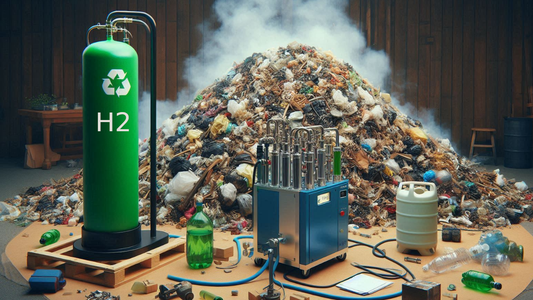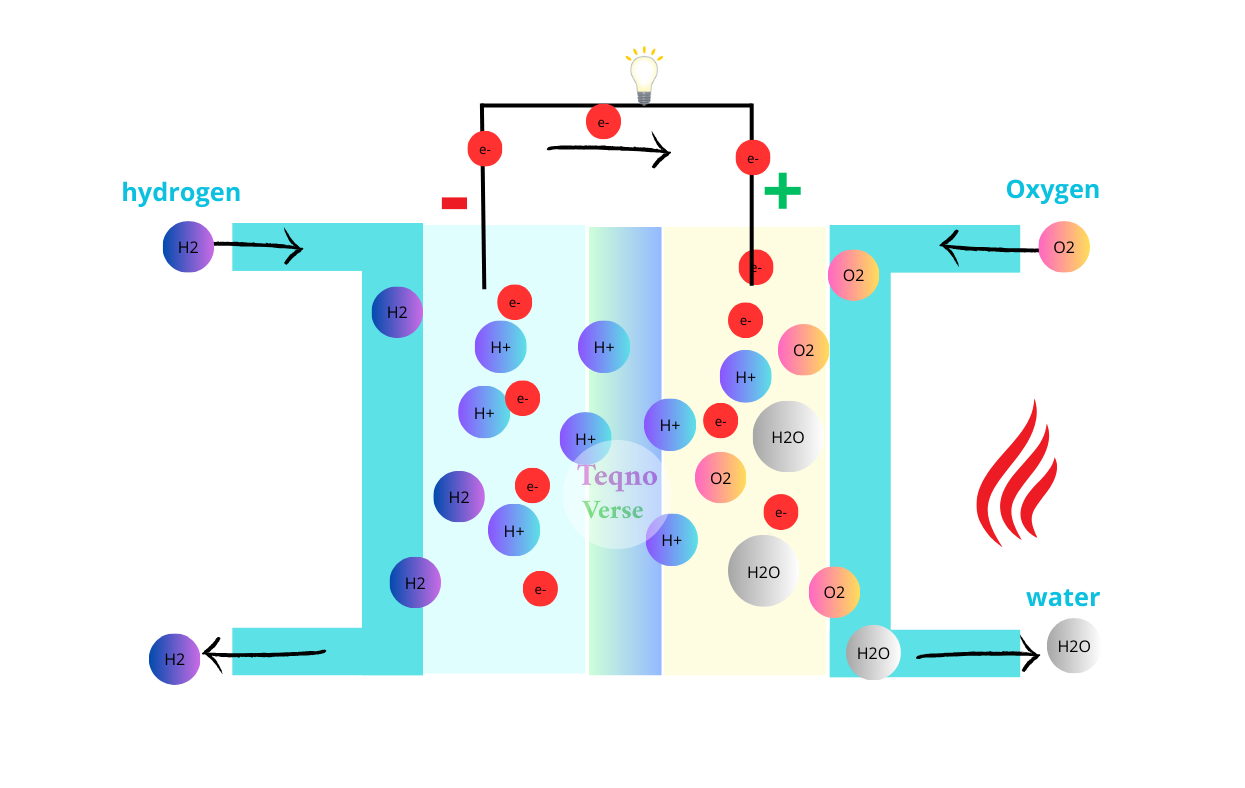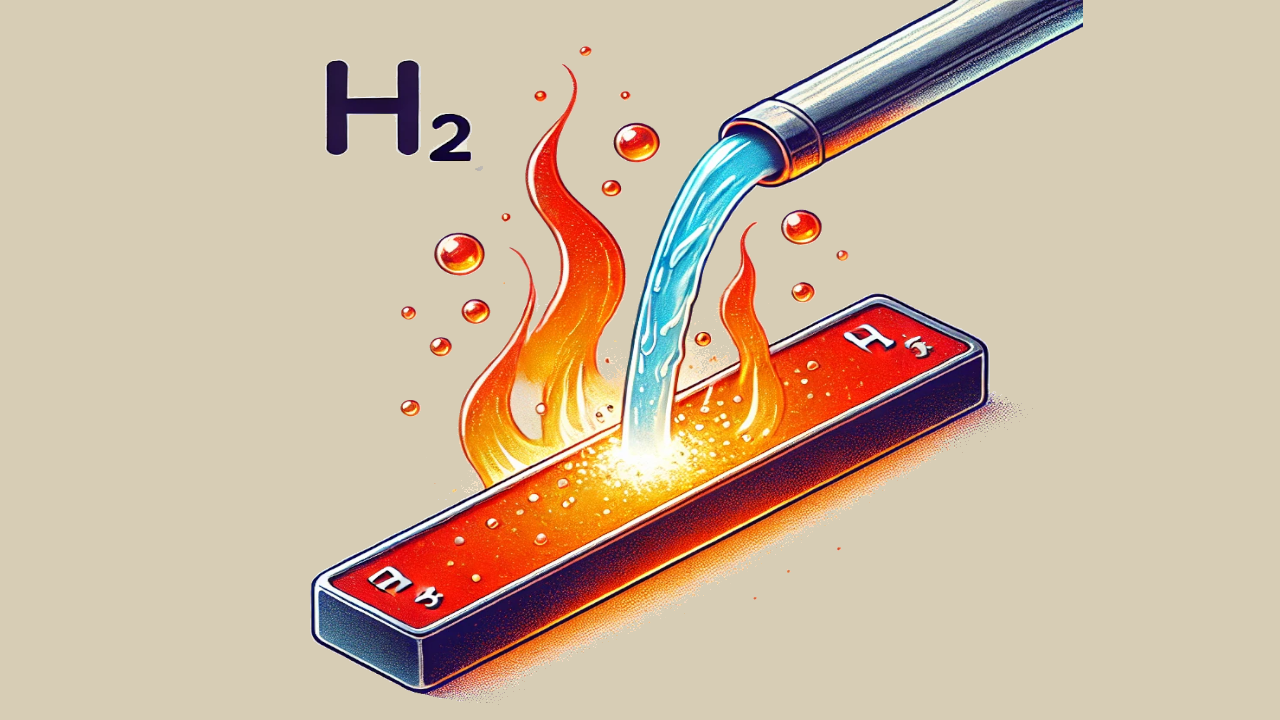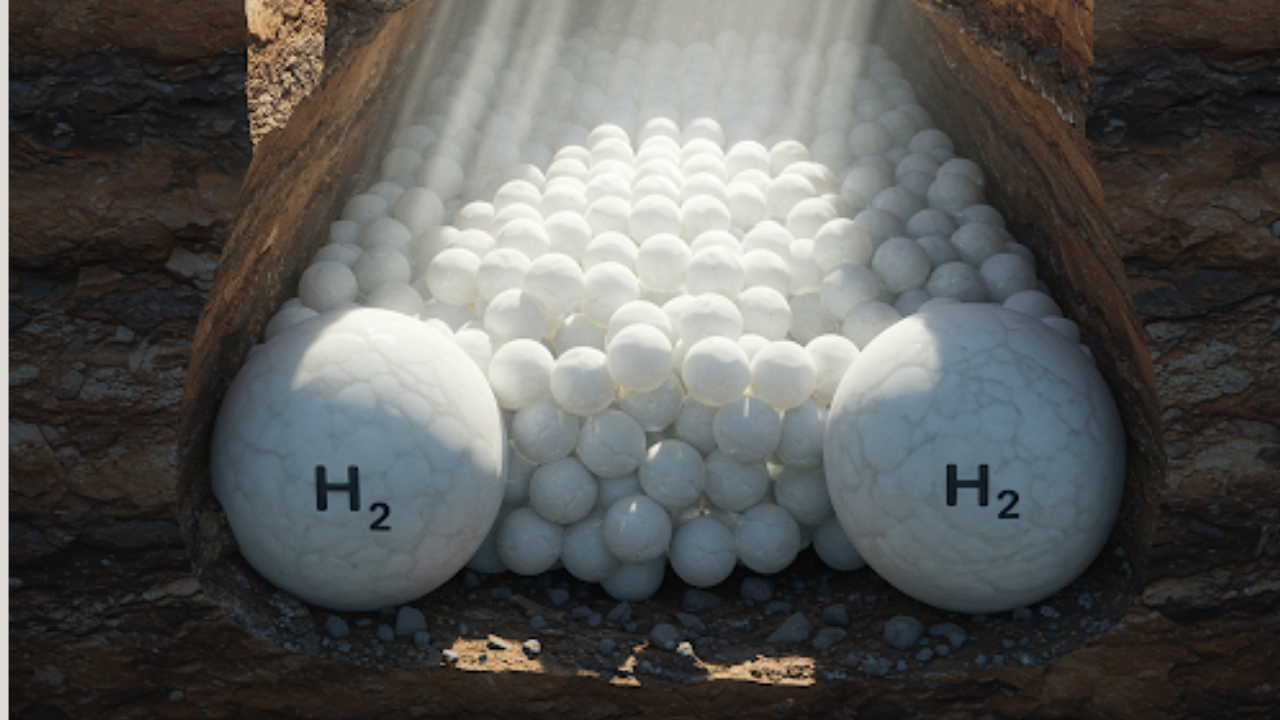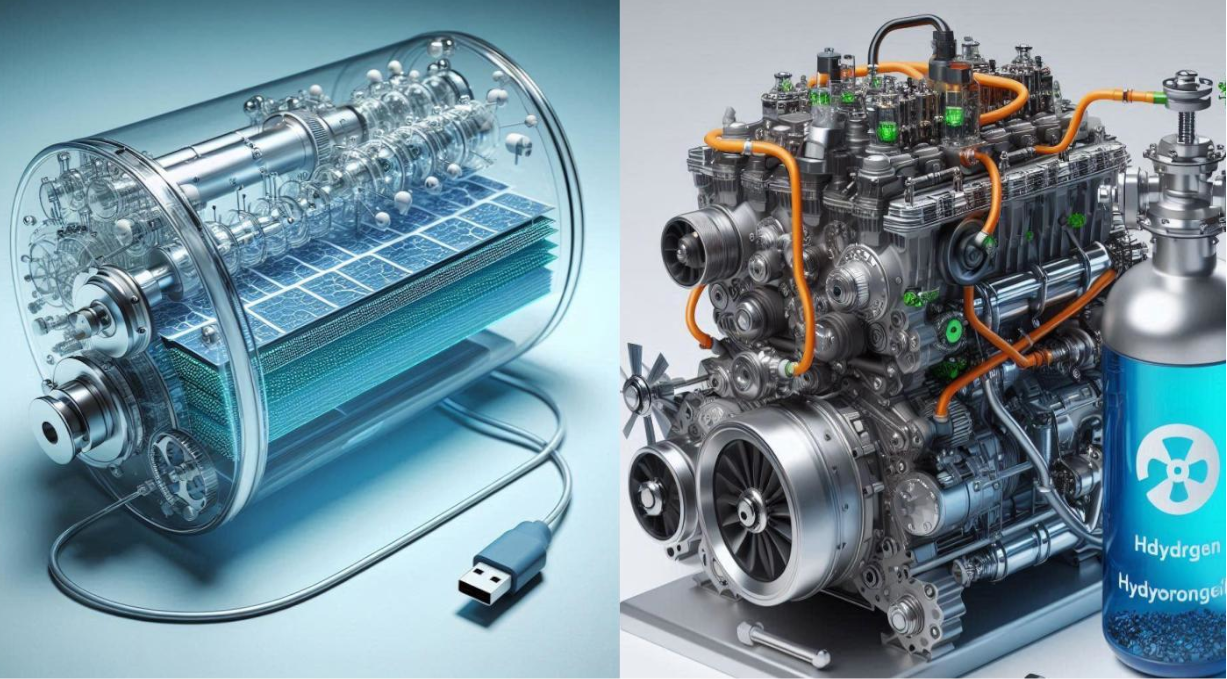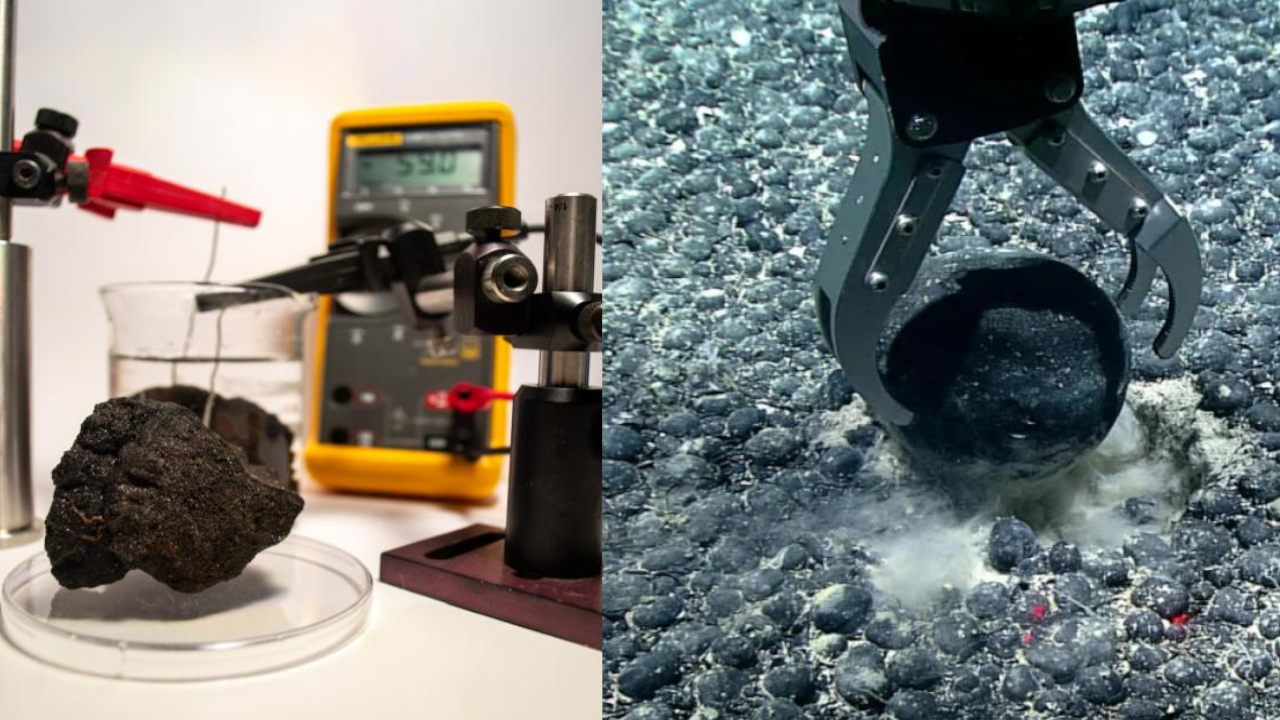Organic waste such as food scraps, sewage, and livestock manure generate significant amounts of methane, which exacerbates global warming issues. To address this challenge, converting waste into hydrogen presents a promising solution that reduces pollution and produces clean energy from sustainable sources, contributing to the shift towards clean, sustainable energy sources.
How Waste is Converted to Hydrogen?
There are several methods to convert waste into hydrogen fuel:
- Gasification
Waste is exposed to high temperatures in a low-oxygen environment, converting it into syngas (a mixture of hydrogen, carbon monoxide, and methane). Hydrogen is then extracted from this gas mixture. - Pyrolysis
Organic materials are heated to high temperatures in the complete absence of oxygen. This results in a variety of outputs, including gases (such as hydrogen and methane), liquids (bio-oil), and solid residues (char). This method is considered superior.
Unlike gasification, pyrolysis does not involve any combustion due to the absence of oxygen, and it operates at relatively lower temperatures. - Anaerobic Digestion
Organic waste is left to decompose by bacteria in the absence of oxygen, producing biogas (methane and carbon dioxide). The methane is then reformed into hydrogen.
Many companies are pioneering this technology, including Hyundai, which recently unveiled the world’s largest waste-to-hydrogen plant in South Korea, utilizing pyrolysis.
While these methods offer a clean and sustainable alternative to fossil fuels, they face challenges, primarily high operational costs.
To overcome these obstacles, decision-makers must invest in research to develop more efficient and cost-effective technologies. This will not only help mitigate climate change by reducing waste and pollution but also provide a sustainable energy source accessible worldwide.
